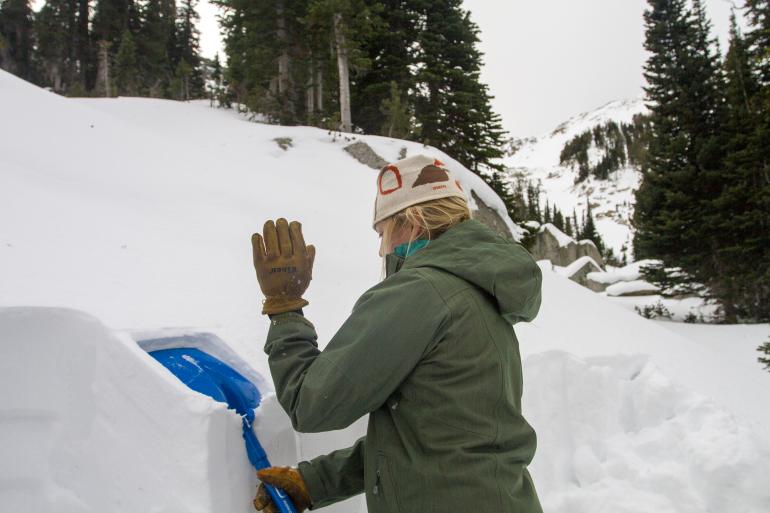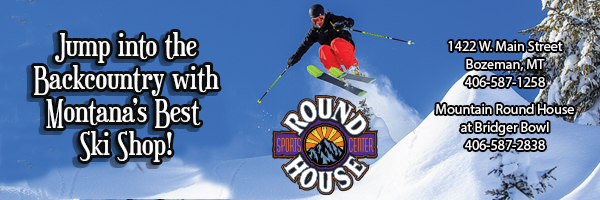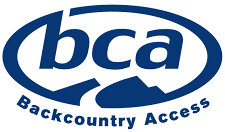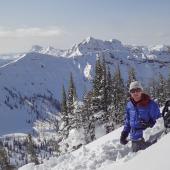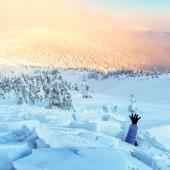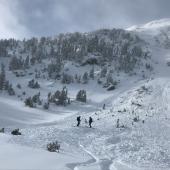Ski Survey
My Alpine Education, Part 6: Avalanche Awakening
Editor’s note: This is part six of a six-part series on learning about avalanches and how to keep oneself—and one’s partners—safe while ski-touring in the backcountry. Read part five here.
It's been a few weeks since I attended a companion-rescue course put on by Friends of the Gallatin National Forest Avalanche Center. Over the winter, and across several months and various avalanche education courses, I’ve learned a lot about avalanche safety. I’ve had time to reflect on what I learned, and I realize now that it’s changed the way I ski, and even the way I live day-to-day.
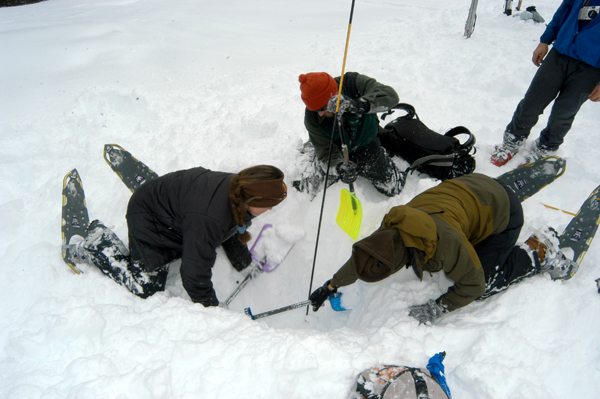
For starters, checking the daily ski conditions has made its way into my morning routine: make coffee, brush teeth, read reports. My go-to reads are the NOAA weather report and the daily avalanche forecast. I’ve learned that conditions can change rapidly, especially this time of year—the sun stays out longer and the snow gets heavier, creating a considerable load on weak, buried layers. If we’re too eager for spring turns and that warm dose of vitamin D, we can easily make mistakes. In fact, we can easily make mistakes in any conditions if we’re too eager and uninformed. That’s why it’s so important that I immerse myself in what’s happening in the mountains daily.
Throughout my avy-ed journey I’ve also learned enough to know I’m still an amateur. Getting the beacon, shovel, and probe was the easy part; learning how to use them properly was much more challenging. I still don’t feel confident that I’ve mastered it. That said, the most valuable piece of information I took away from my education is the importance of practicing: practicing with our gear, practicing multiple scenarios, and practicing with our partners.
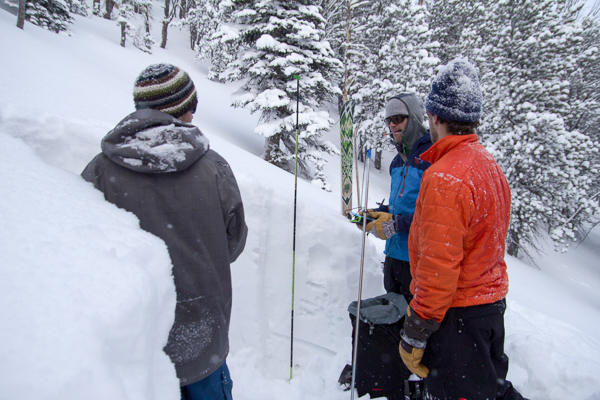
I know now how important it is to talk with my ski partners and to hold them accountable for my safety; that was something I never gave much thought to before these courses. Now I’m much more selective about whom I choose to travel with in the backcountry. Deciding where we go is determined by current conditions, allotted time, and experience—not just some cool photo a friend posted on Instagram the day before. Packing and planning now starts days before the actual adventure, and I always consider multiple scenarios as I plan. I’ve learned the importance of having a plan, but keeping the plan flexible.
It’s also critical that we’re on the same page as our partners, and that we continuously gather information while traveling to and arriving at our destination. Throughout this season's avy-ed experience, I’ve gotten much better at stopping to discuss with my partners what we see at our destination, and then discussing how the conditions relate to what we expected. It takes practice, and sometimes we end up defaulting to the least-exposed line or simply skiing back down our skin track.
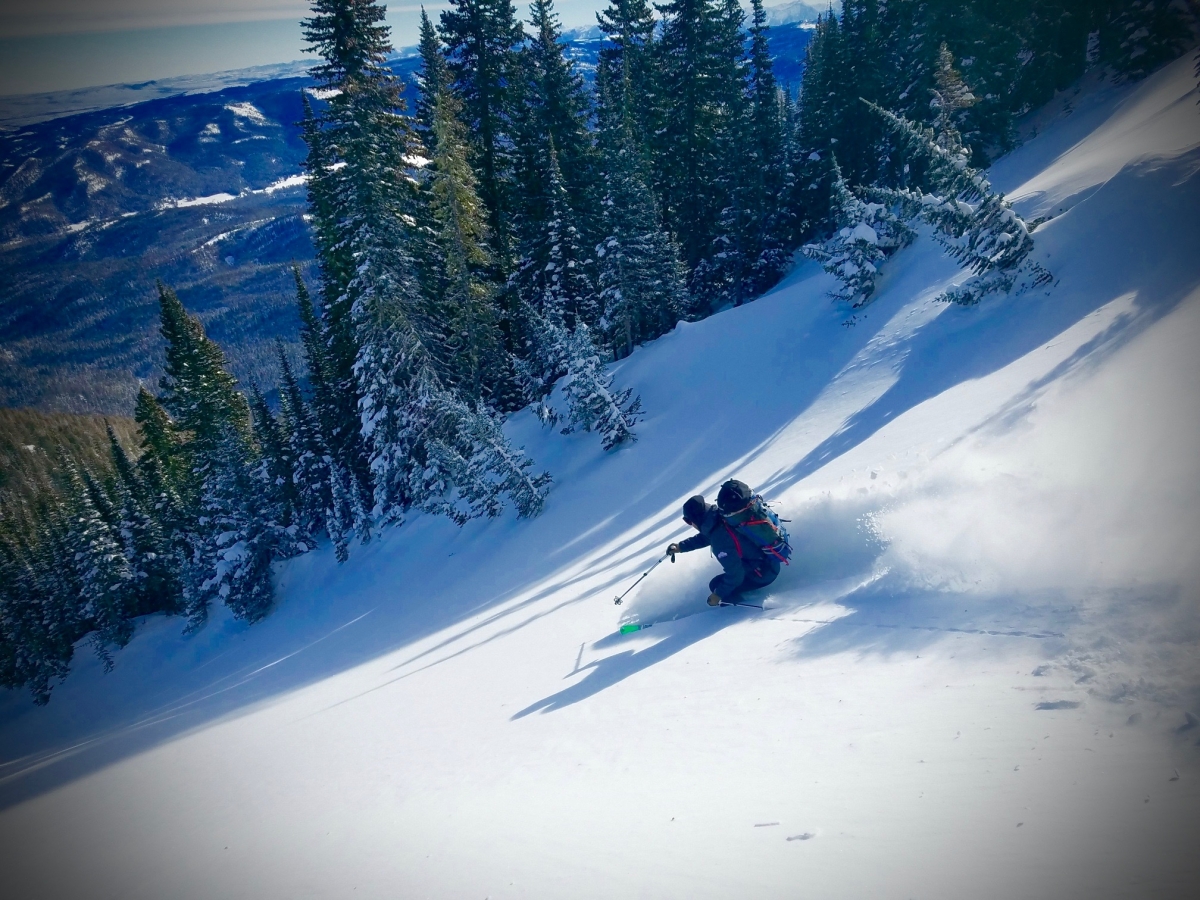
I know now that snow science is complex, and so many factors affect conditions on a day-to-day basis. In fact, knowing what I know now has helped open up a world of terrain possibilities. But a world of possibilities means a universe of responsibility: responsibility to know the terrain, the snowpack, and my abilities and limitations. I’ve gained immense respect for Mother Nature and her ability to send us signs that we may be in unsafe territory. I’ve also gained immense respect for those members of our community who take the time and teach us about these conditions: what to look for, how to avoid unsafe terrain, and what to do in the case of misjudgment. Bozeman offers several outstanding educational opportunities through GNFAC, MSU, Big Sky Backcountry Guides, and other local sources.
As I head into the backcountry now, I feel more confident using my gear and making decisions. And contrary to what you might expect, my education has actually made me more conservative. Of all scenarios, I most enjoy moderate terrain with a stable snowpack. Still, my curiosity and eagerness have grown because of my avalanche education; the backcountry is such a rewarding place to play and I’m eager to explore and learn about new places.
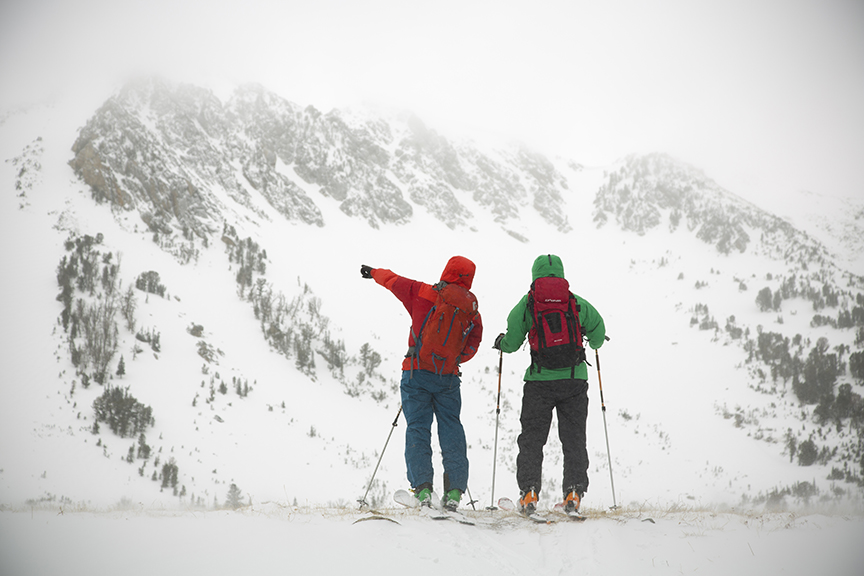
As I continue to build my mountain mastery, I plan on taking more avy-ed courses next winter. I’ve learned that the mountains are wildly unforgiving, and we must know how to work with them to create a safe winter playground. I highly encourage skiers to stay informed and to hold their ski partners accountable on their adventures. This has been an invaluable learning experience, and the biggest thing I’ve learned is that there’s always more to learn.
To catch up on the rest of the avy-ed series, click here to read parts one, two, three, four, and five.

